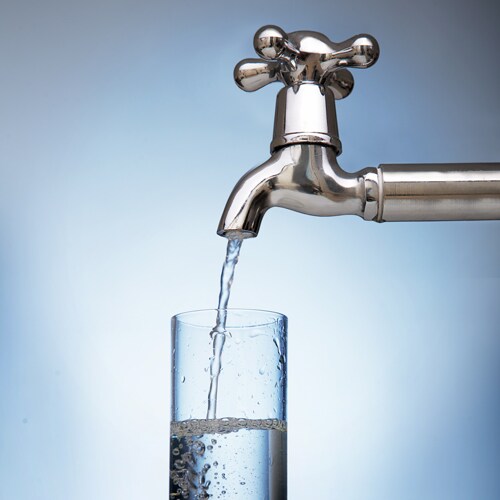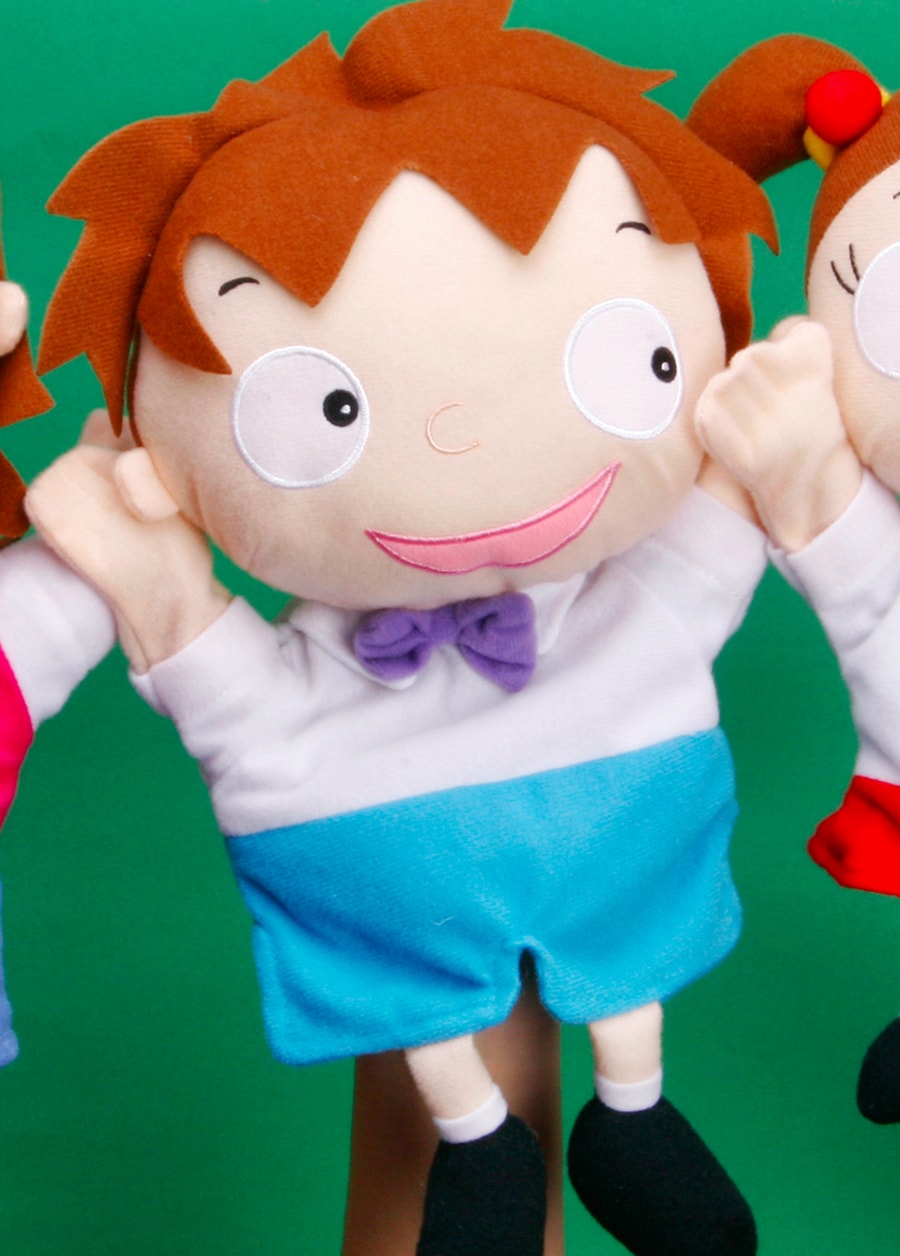Special Awareness Days
March 22nd - World Water Day

Ready to Order?
If you are ready to order, please contact Customer Service:
Telephone: 1 (800) 361-6128 Fax: 1 (800) 563-9196
World Water Day is all about recognizing the value of water for survival.
In addition to the main World Water Day site linked above, an excellent site related to water conservation that provides many activities, games and challenges for kids of all ages can be found here. You may also want to search online for events and initiatives in your area.
March 22nd is World Water Day. Designed to draw attention to the importance of providing clean fresh water to everyone in the world, this day was recommended at the 1992 United Nations Conference on Environment and Development. In March 1993, the United Nations General Assembly declared March 22nd to be World Water Day. The theme for 2023 is “Be the change,” encouraging everyone to take personal action to change the way they use, consume, and manage water. As climate change progresses, we must work together to manage and sustain this valuable resource.
The official site for World Water Day offers additional information and downloadable resources, including a useful factsheet and a step-by-step Action Kit to get you started.
Did you know:

- 70% of the Earth’s surface is covered with water but only 1% is fit for human use?
- 3.5 million people die every year because of water hygiene related illness?
- Freshwater animals are disappearing five times faster than land animals?
- Every day, about 2 million tons of waste is disposed of in water?
- A running toilet can waste up to two gallons (9 litres) of water each day?
- Leaving the tap on while brushing your teeth can waste up to 4 gallons of water?
- A tap that drips once per second wastes 30 litres of water daily?
(K-2) The Arts, Language
Invite students to help you create a mind map of all the things we use water for. Post.
Ask: Do you think everybody in the world uses water the same way we do? Prompt them to consider other parts of the world where the geography is quite different. Discuss as well the impact of industry and agriculture.
Explain that in some parts of the world, safe, clean water is not available close to home. In fact, in some places, women and children have to walk for many kilometres every day to find water for their families. And often the water they do find is polluted or dirty from animal waste and bacteria that can make their families very sick.
Explain that we are lucky to have safe, clean water, but that sometimes we waste water without thinking about it. Ask students to share any ways that they know to help save water in their homes, schools, and communities. For example:
- Using a cup of water to brush their teeth instead of leaving the tap on.
- Checking all the taps in the house to make sure they are not leaking.
- Taking just enough water to drink without wasting.
- Having short showers instead of baths.
Invite students to do their part by making a poster that tells people to save water by doing one (or all) of the things on the list. The title of their poster could be as simple as “SAVE WATER!” They could also include this year’s World Water Day slogan.
Celebrate World Water Day by sharing your posters!
(3-5) Science
As a class, discuss the information in the Introduction and invite students to share their prior learning regarding the importance of a clean water supply.
Engage students in constructing a simple water filter and watch dirty water become crystal clear! Here are some links that will help you:
Kid Science: Make a Mini Water Filter Video
Simple Water Filter: 5 Steps (with Pictures) - Instructables

(6-8) Research, The Arts, Critical Thinking
Share the water usage facts provided on the Waterloo Wellington Children’s Groundwater Festival site found here.
Ask students to review the information and select up to 5 facts that interest them. Their task is to present these facts to their classmates in a manner that will serve as a call to action for positive change. They may use any presentation style (PowerPoint, poster, advertisement, testimonials, etc.).
Encourage additional research and creativity. Each presentation must present the facts and some possible solutions for change.
Share with the class and consider extending the viewing audience to include parents, community leaders, or the media, through your school website.
Close by reminding students that we all must value the availability of water and remember to act as good environmental citizens to ensure it continues.





